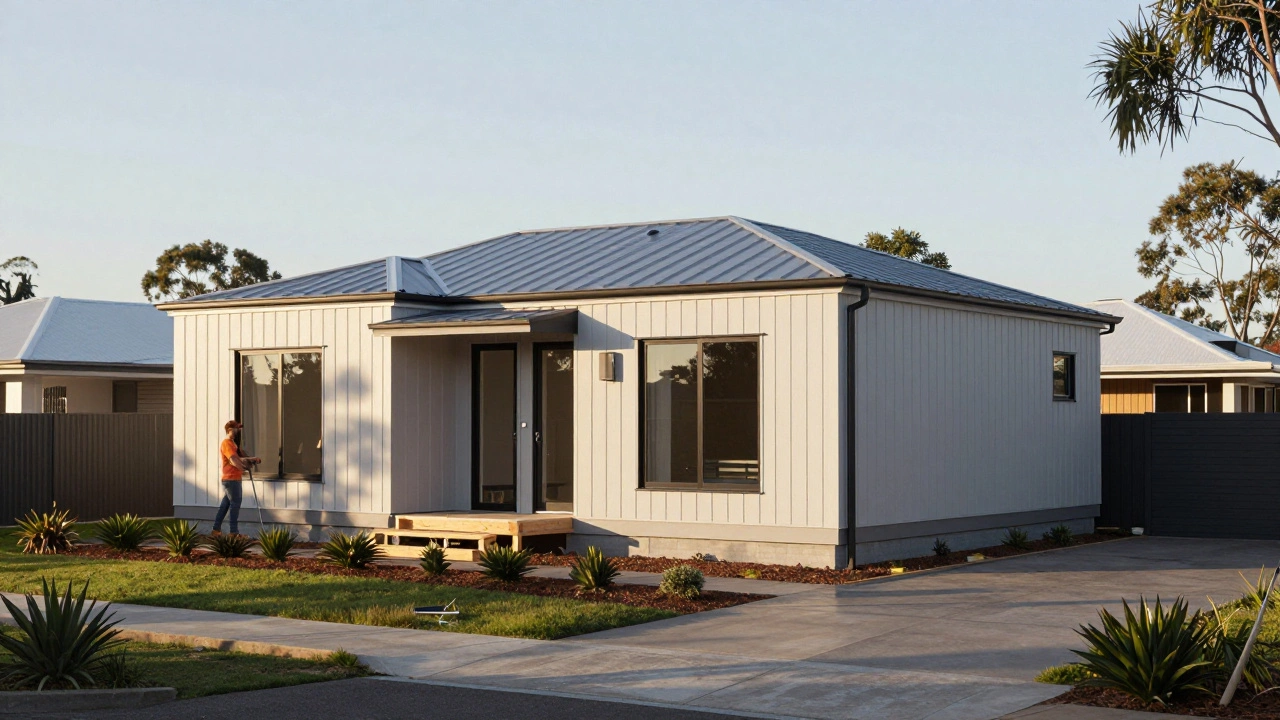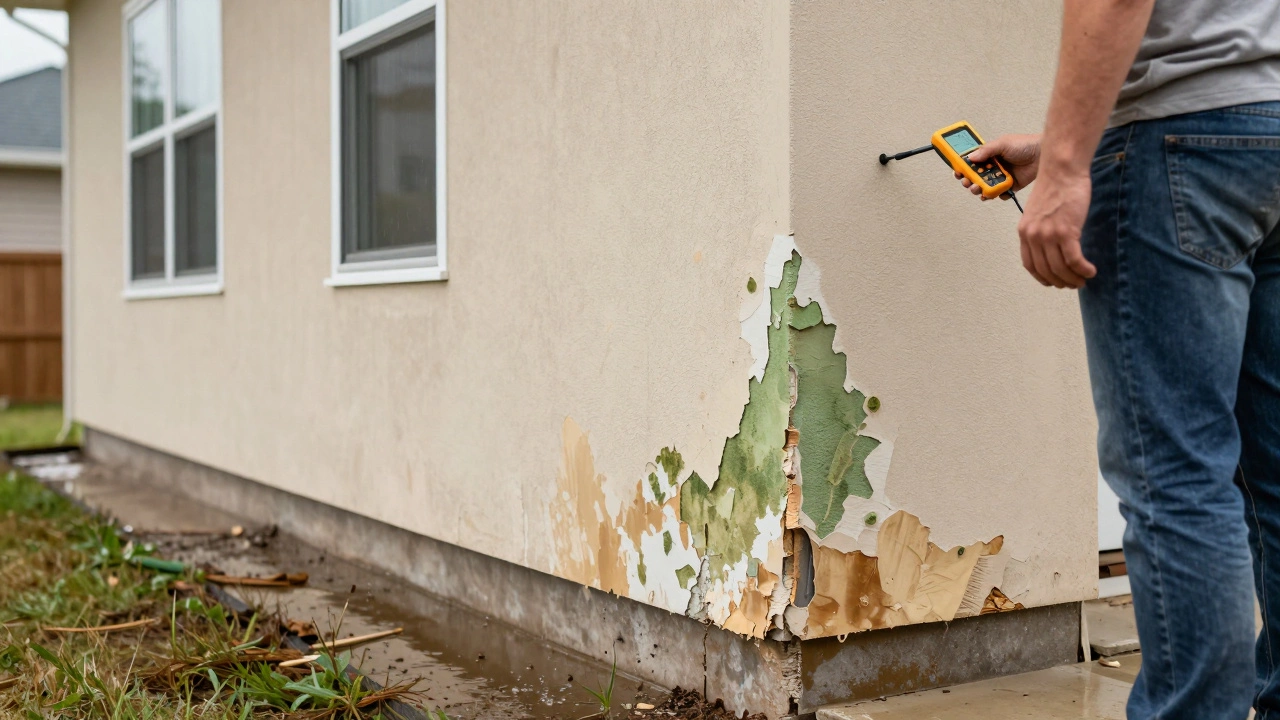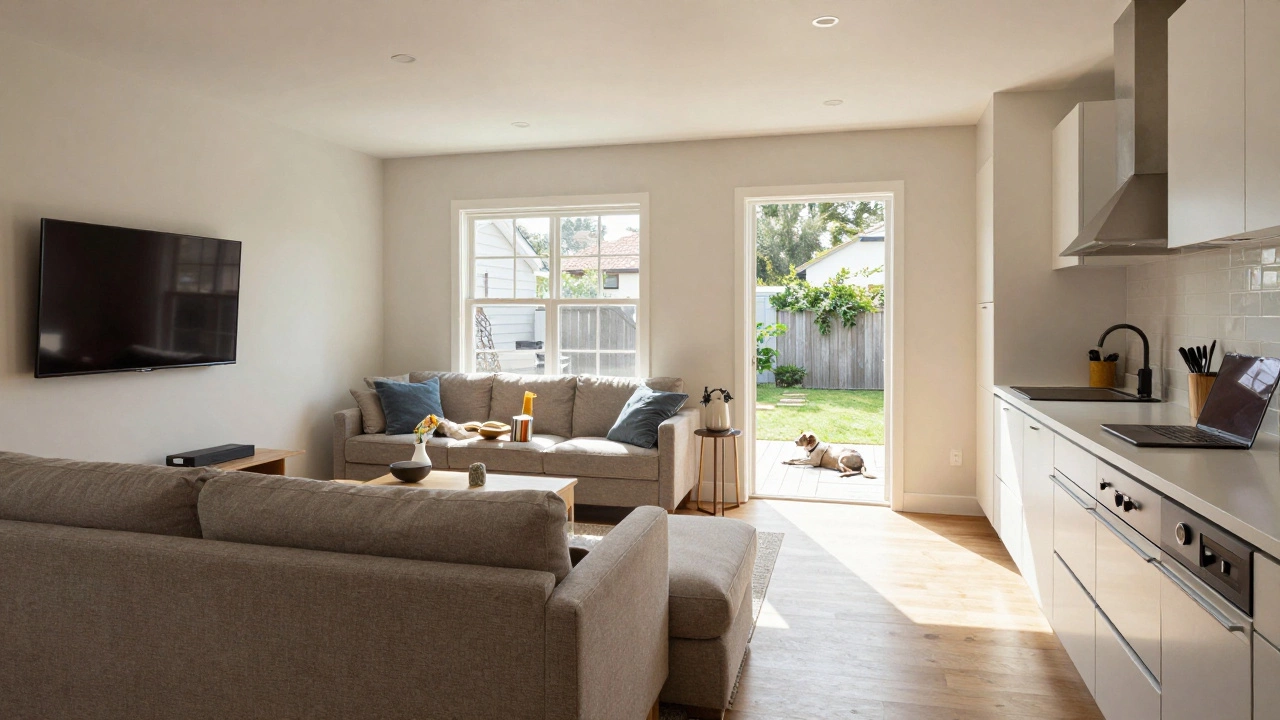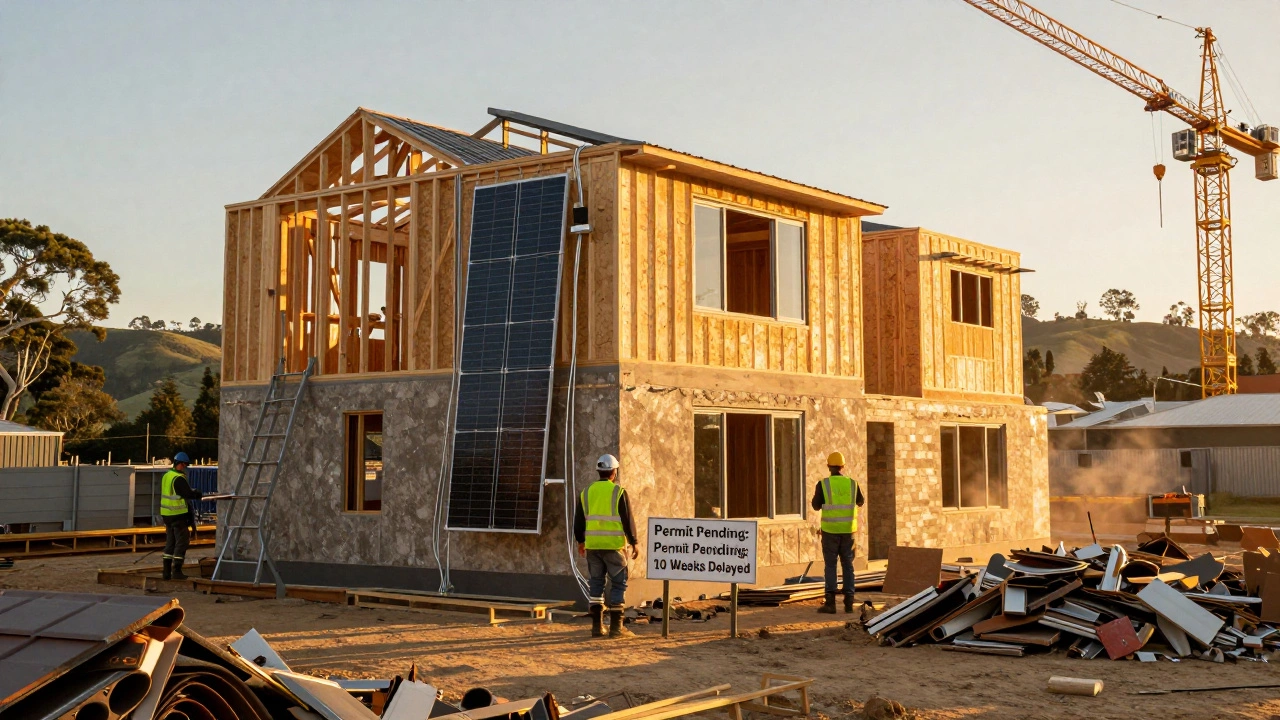Engineered Oak Flooring – What You Need to Know
Engineered oak flooring looks just like real hardwood, but it’s built to handle today’s busy homes. It’s made from layers of wood that are glued together, with a real oak surface on top. The layers give it strength, so it won’t cup or warp when the temperature swings.
If you’re thinking about a new floor, engineered oak gives you the look of solid oak without the high price or the fuss of big expansion gaps. It works well over concrete slabs, radiant heating, or old wood subfloors. That makes it a go‑to choice for remodels and new builds alike.
Why Choose Engineered Oak?
First, it’s tough. The cross‑grain layers keep the board stable, so you can install it in places where solid wood would move a lot. Second, it’s easy on the budget. You get the oak veneer you love, but the core is made from cheaper woods, which cuts cost.
Third, it’s greener. Because less oak is needed for the top layer, you’re using fewer precious trees. Most manufacturers also use low‑VOC adhesives, which means better indoor air quality.
Finally, the style options are huge. You can pick light blond oak for a Scandinavian vibe, or a darker, hand‑scraped finish for a more traditional feel. The surface can be sanded once or twice, giving you flexibility if you want to change the look later.
Installing and Caring for Your Floor
Installing engineered oak is a DIY‑friendly project. Most products click together with a tongue‑and‑groove system, so you don’t need a nail gun. Just make sure the subfloor is level, clean, and dry. Lay a moisture barrier if you’re putting the floor over concrete.
Start in a corner, work across the room, and leave a small expansion gap (about 10 mm) at the walls. That gap lets the floor breathe and prevents buckling. When you reach the last row, you’ll likely need to cut the boards to fit – a simple saw or a jigsaw does the trick.After installation, give the floor a light sweep or vacuum weekly. Use a damp mop (not wet) and a cleaner made for wood floors. Avoid harsh chemicals, steam mops, or excessive water, as they can damage the finish.
If you get scratches, a quick touch‑up with a matching wax stick works fine for most spots. For deeper dents, a professional can sand and refinish the board, but that’s rare thanks to the surface’s durability.
When it comes to furniture, put felt pads under legs to stop dents. Area rugs in high‑traffic zones help protect the floor and hide any wear.
Overall, engineered oak gives you the classic oak look, stability for modern homes, and a friendly price tag. Whether you’re re‑flooring a living room, a bedroom, or a home office, it’s a solid choice that lasts for years with minimal maintenance.






